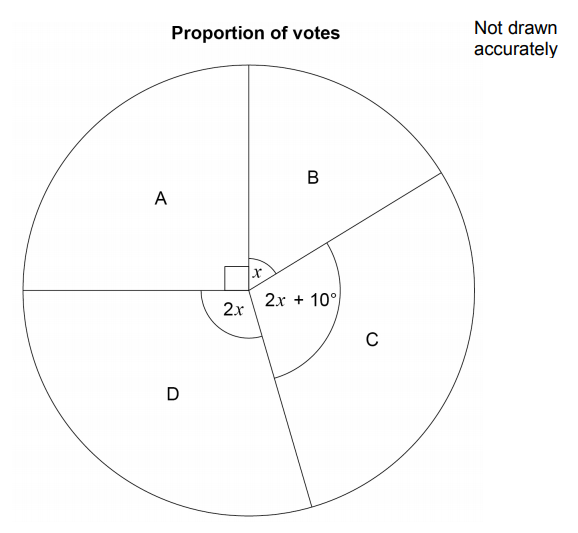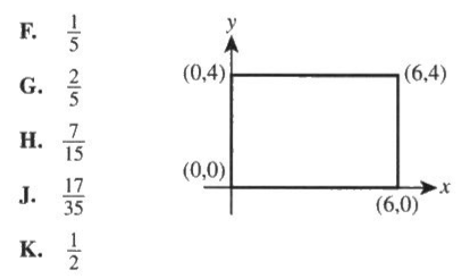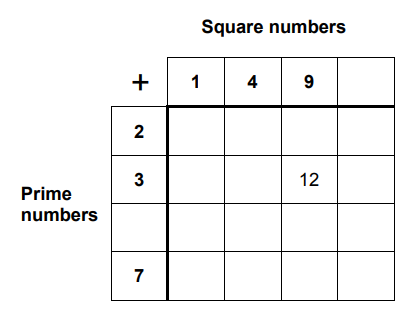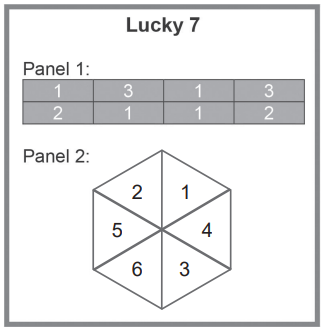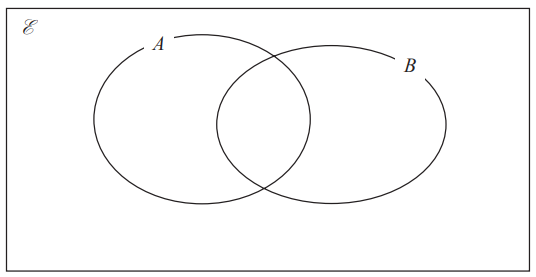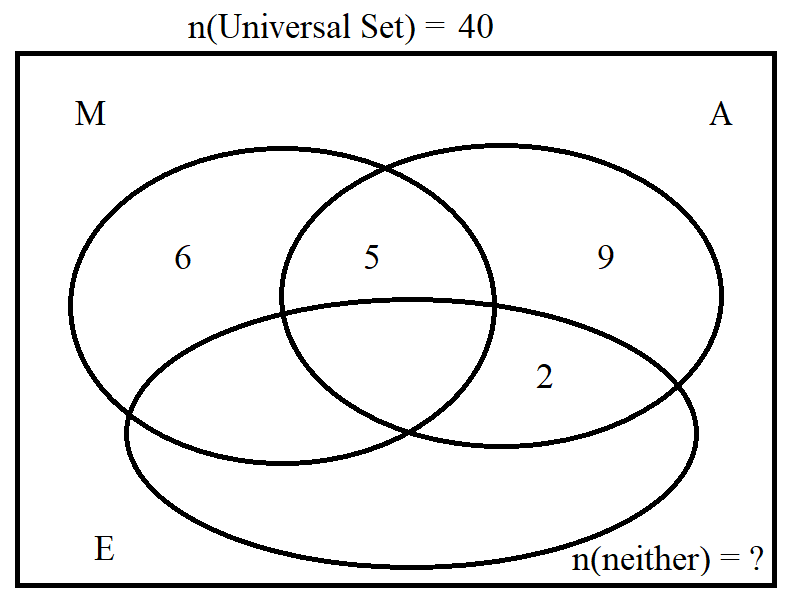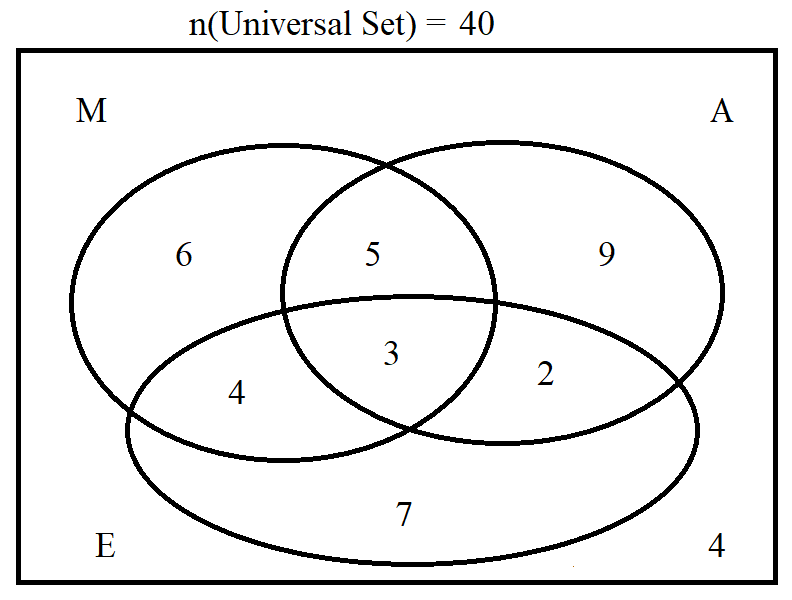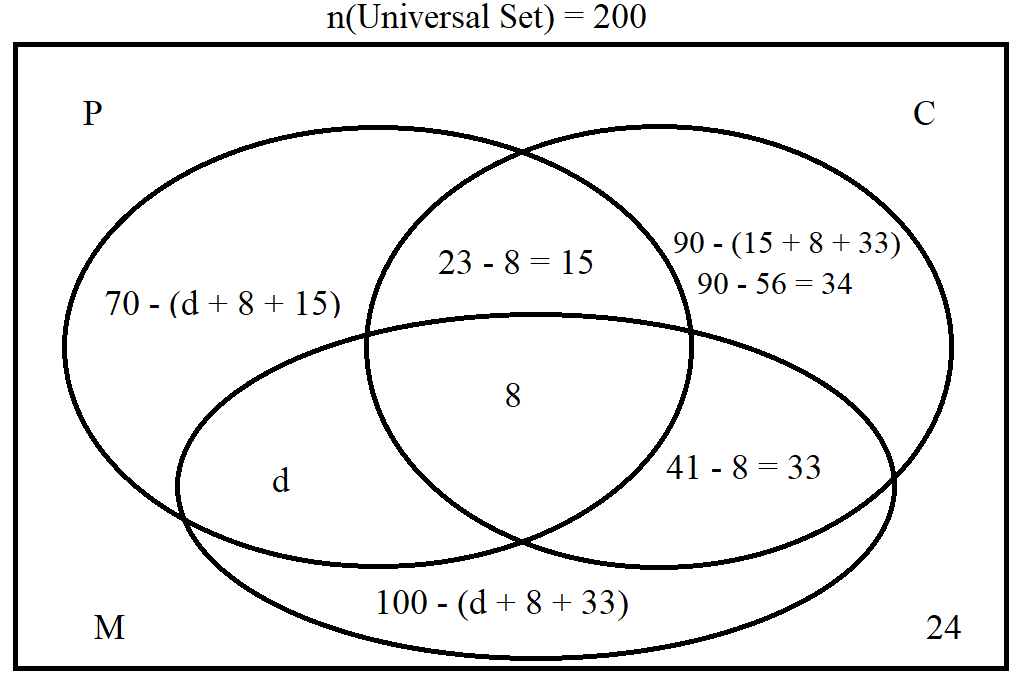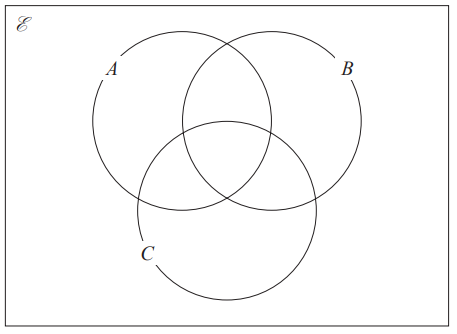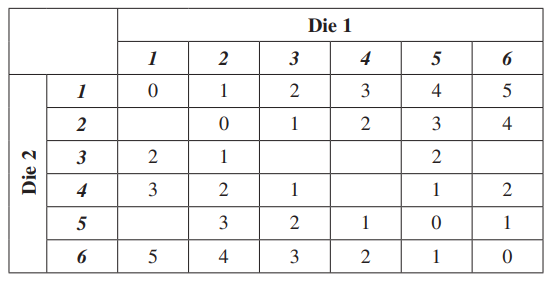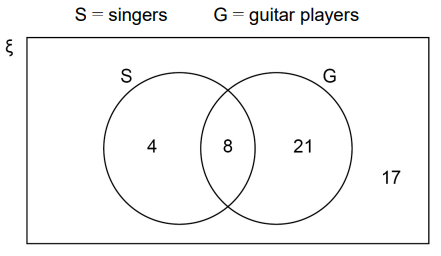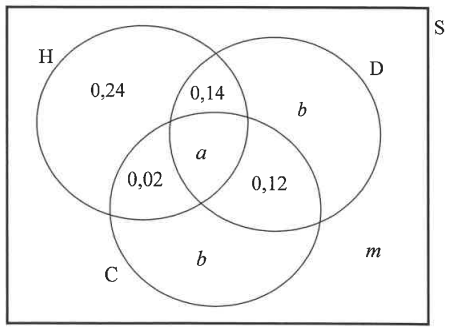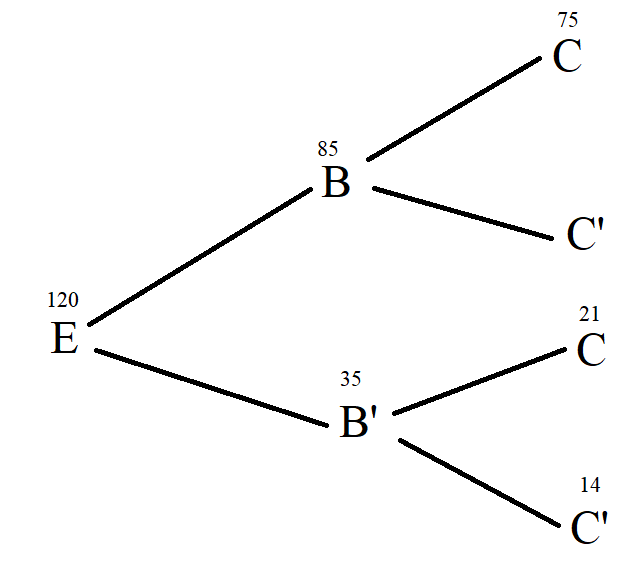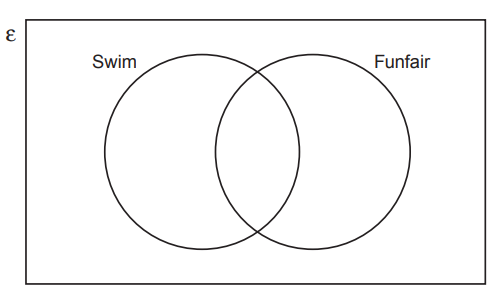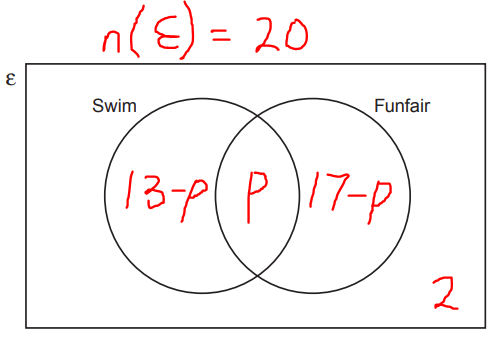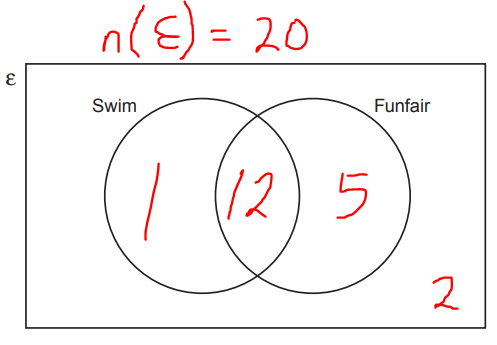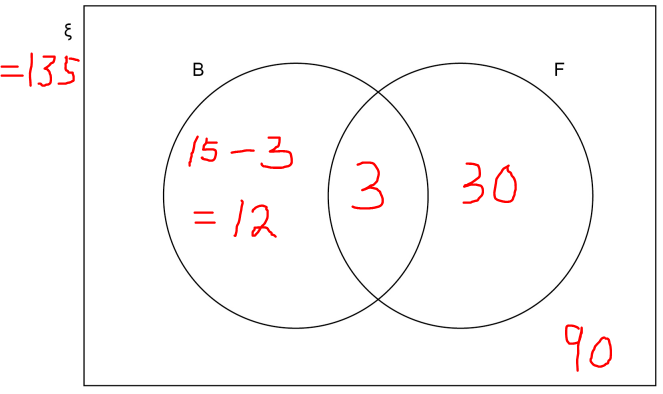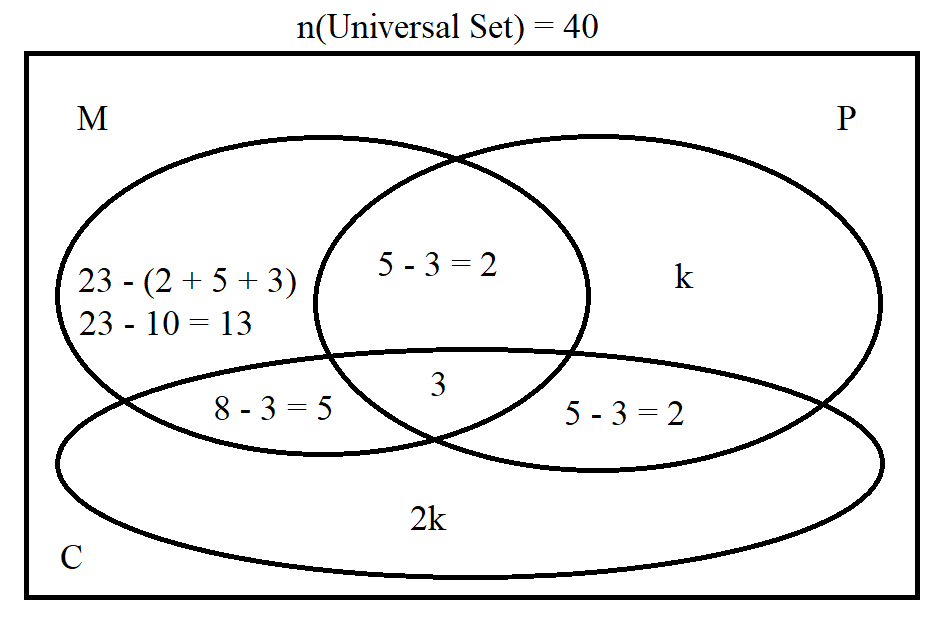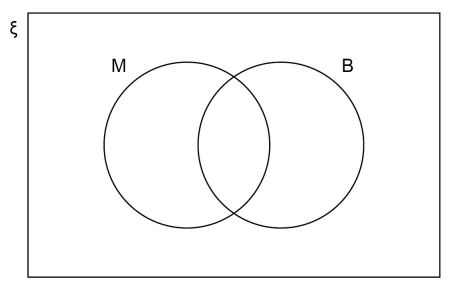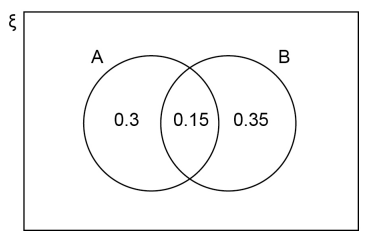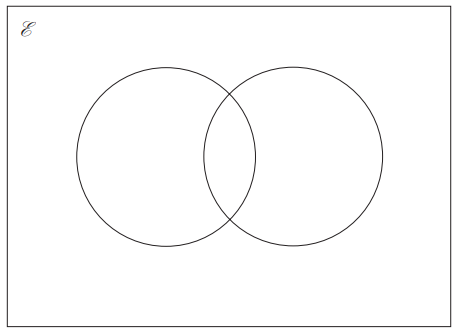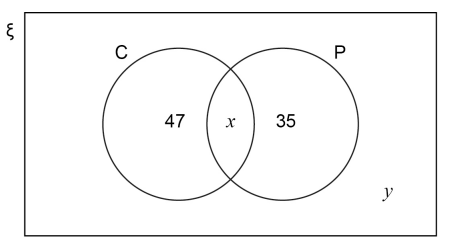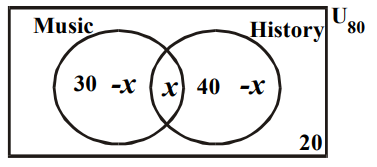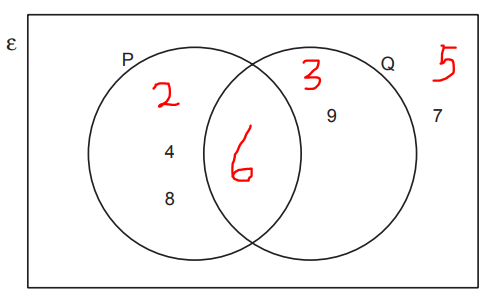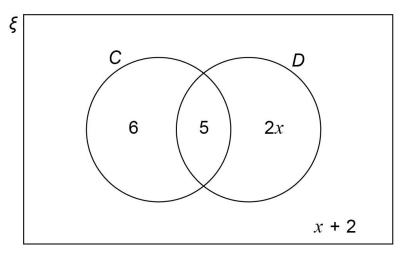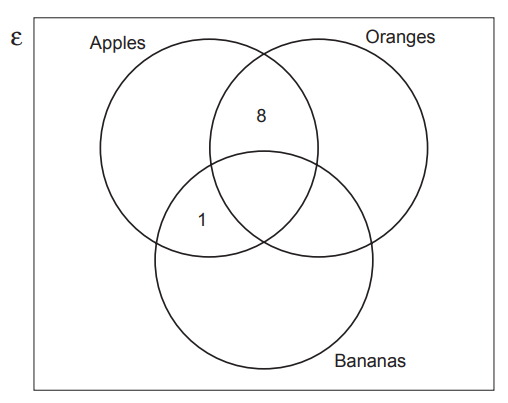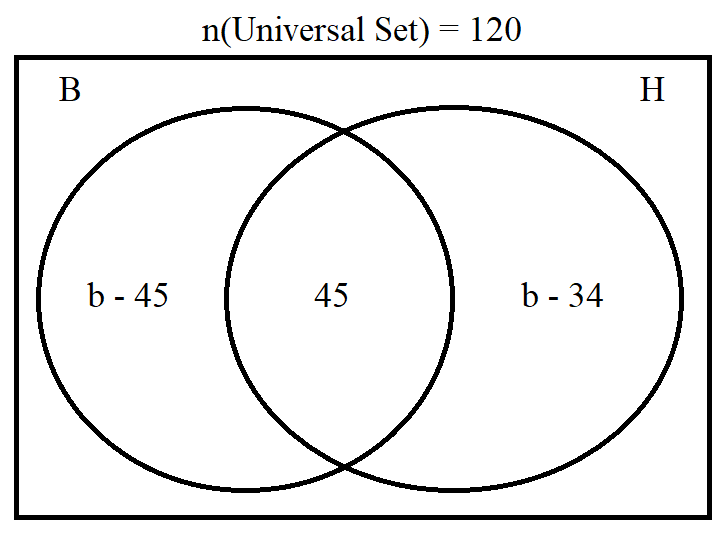(1.) Probability in Biology People who inherit one sickle cell gene and one normal gene have
sickle cell trait (SCT).
People with SCT usually do not have any of the symptoms of sickle cell disease (SCD), but they can pass the trait on to their children.
[What is Sickle Cell Trait? (https://www.cdc.gov/ncbddd/sicklecell/traits.html)]
Sickle cell disease (SCD) is a group of inherited red blood cell disorders.
Red blood cells contain hemoglobin, a protein that carries oxygen.
Healthy red blood cells are round, and they move through small blood vessels to carry oxygen to all parts of the body.
In someone who has SCD, the hemoglobin is abnormal, which causes the red blood cells to become hard and sticky and look like a C-shaped farm tool called a sickle.
The sickle cells die early, which causes a constant shortage of red blood cells.
Also, when they travel through small blood vessels, they get stuck and clog the blood flow. This can cause pain and other serious complications (health problems) such as infection, acute chest syndrome and stroke.
[What is Sickle Cell Disease? (https://www.cdc.gov/ncbddd/sicklecell/facts.html)]
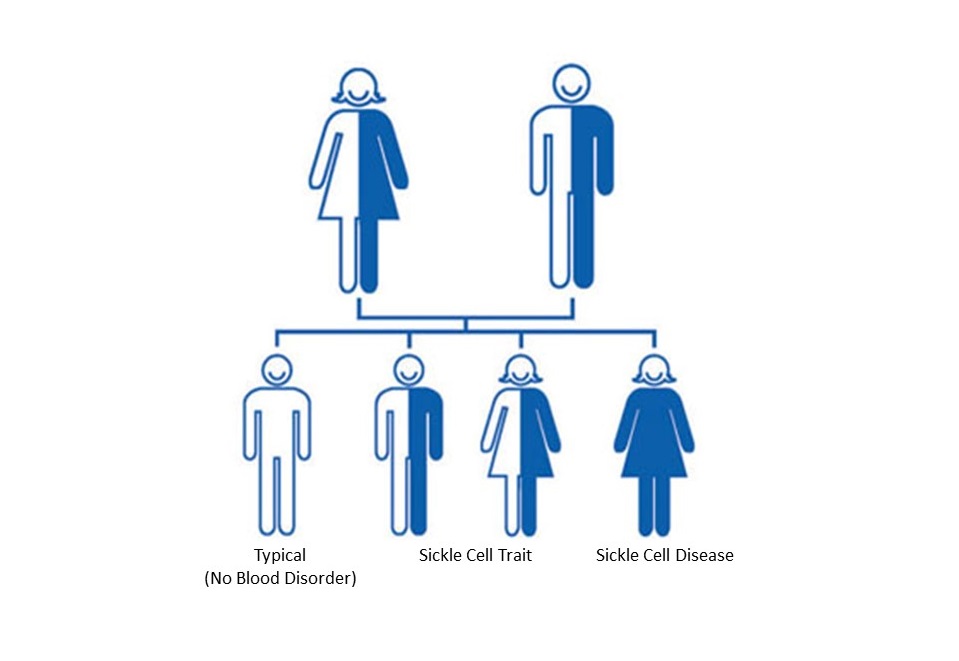
A man and a woman wants to marry.
Both have the sickle cell trait (SCT).
They do not know about Probability in Biology, but they saw this diagram at the CDC’s website.
They know you took a Statistics class with Mr. C and that you might help explain the diagram.
(a.) Using a Tree Diagram and/or a Punnett Square, explain the diagram to the man and his fiancée.
Include the concept of Probability in your explanations. Assume they intend to have four children.
(b.) Should they get married or not? Advise them.
Genotype of Man = AS
The man has a sickle cell trait, SCT (because of the S)
Genotype of Woman = AS
The woman also has a sickle cell trait, SCT (because of the S)
Assume they intend to have four children
Let us draw a Punnett Square to illustrate the likely genotypes of their four children
If they have four children, it is likely (not certain) that:
1 child will have genotype AA
This means that one child is likely to be typical (no blood disorder).
2 children will have genotype AS
This means that two children are likely to inherit the sickle cell traits.
1 child will have genotype SS
This means that one child is likely to have the sickle cell disease.
The issue is with the SS genotype. The child with that genotype will likely need a lot of medical care.
Why bring a child into this world to suffer the child?
Do not recommend the marriage.
$ n(SS) = 1 \\[3ex] n(S) = 4 \\[3ex] P(SS) = \dfrac{n(SS)}{n(S)} \\[5ex] P(SS) = \dfrac{1}{4} = 0.25 = 25\% \\[3ex] $ If they have four children, there is a 25% probability that one of the children will have the sickle cell disease.
People with SCT usually do not have any of the symptoms of sickle cell disease (SCD), but they can pass the trait on to their children.
[What is Sickle Cell Trait? (https://www.cdc.gov/ncbddd/sicklecell/traits.html)]
Sickle cell disease (SCD) is a group of inherited red blood cell disorders.
Red blood cells contain hemoglobin, a protein that carries oxygen.
Healthy red blood cells are round, and they move through small blood vessels to carry oxygen to all parts of the body.
In someone who has SCD, the hemoglobin is abnormal, which causes the red blood cells to become hard and sticky and look like a C-shaped farm tool called a sickle.
The sickle cells die early, which causes a constant shortage of red blood cells.
Also, when they travel through small blood vessels, they get stuck and clog the blood flow. This can cause pain and other serious complications (health problems) such as infection, acute chest syndrome and stroke.
[What is Sickle Cell Disease? (https://www.cdc.gov/ncbddd/sicklecell/facts.html)]

A man and a woman wants to marry.
Both have the sickle cell trait (SCT).
They do not know about Probability in Biology, but they saw this diagram at the CDC’s website.
They know you took a Statistics class with Mr. C and that you might help explain the diagram.
(a.) Using a Tree Diagram and/or a Punnett Square, explain the diagram to the man and his fiancée.
Include the concept of Probability in your explanations. Assume they intend to have four children.
(b.) Should they get married or not? Advise them.
Genotype of Man = AS
The man has a sickle cell trait, SCT (because of the S)
Genotype of Woman = AS
The woman also has a sickle cell trait, SCT (because of the S)
Assume they intend to have four children
Let us draw a Punnett Square to illustrate the likely genotypes of their four children
|
Woman → Man ↓ |
$A$ | $S$ |
|---|---|---|
| $A$ | $AA$ | $AS$ |
| $S$ | $AS$ | $SS$ |
If they have four children, it is likely (not certain) that:
1 child will have genotype AA
This means that one child is likely to be typical (no blood disorder).
2 children will have genotype AS
This means that two children are likely to inherit the sickle cell traits.
1 child will have genotype SS
This means that one child is likely to have the sickle cell disease.
The issue is with the SS genotype. The child with that genotype will likely need a lot of medical care.
Why bring a child into this world to suffer the child?
Do not recommend the marriage.
$ n(SS) = 1 \\[3ex] n(S) = 4 \\[3ex] P(SS) = \dfrac{n(SS)}{n(S)} \\[5ex] P(SS) = \dfrac{1}{4} = 0.25 = 25\% \\[3ex] $ If they have four children, there is a 25% probability that one of the children will have the sickle cell disease.
(2.) Probability in Biology A man with $AS$ genotype wants to marry a woman with $AS$ genotype.
They are asking for your advice.
They intend to have at least four children if they marry.
(a.) If they have four children, what are the likely genotypes of each of their children?
(b.) Discuss the probability of getting a child with a sickle cell trait.
(c.) Would you recommend the marriage?
(d.) Draw a tree diagram or a Punnett Square to discuss your answers.
You may review the document by S.I.R. Okoduwa
Genotype of Man = $AS$
Genotype of Woman = $AS$
Let us draw a Punnett Square to illustrate the likely genotypes of their four children
If they have four children, it is likely (not certain) that:
1 child will have genotype AA
2 children will have genotype AS
1 child will have genotype SS
The issue is with the SS genotype. The child with that genotype will likely need a lot of medical care.
Why bring a child into this world to suffer the child?
Do not recommend the marriage.
$ n(SS) = 1 \\[3ex] n(S) = 4 \\[3ex] P(SS) = \dfrac{n(SS)}{n(S)} \\[5ex] P(SS) = \dfrac{1}{4} = 0.25 = 25\% \\[3ex] $ If they have four children, there is a 25% probability that one of the children will have the sickle cell disease.
They are asking for your advice.
They intend to have at least four children if they marry.
(a.) If they have four children, what are the likely genotypes of each of their children?
(b.) Discuss the probability of getting a child with a sickle cell trait.
(c.) Would you recommend the marriage?
(d.) Draw a tree diagram or a Punnett Square to discuss your answers.
You may review the document by S.I.R. Okoduwa
Genotype of Man = $AS$
Genotype of Woman = $AS$
Let us draw a Punnett Square to illustrate the likely genotypes of their four children
|
Woman → Man ↓ |
$A$ | $S$ |
|---|---|---|
| $A$ | $AA$ | $AS$ |
| $S$ | $AS$ | $SS$ |
If they have four children, it is likely (not certain) that:
1 child will have genotype AA
2 children will have genotype AS
1 child will have genotype SS
The issue is with the SS genotype. The child with that genotype will likely need a lot of medical care.
Why bring a child into this world to suffer the child?
Do not recommend the marriage.
$ n(SS) = 1 \\[3ex] n(S) = 4 \\[3ex] P(SS) = \dfrac{n(SS)}{n(S)} \\[5ex] P(SS) = \dfrac{1}{4} = 0.25 = 25\% \\[3ex] $ If they have four children, there is a 25% probability that one of the children will have the sickle cell disease.
